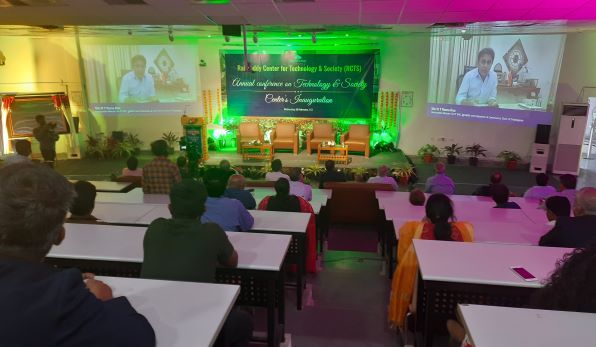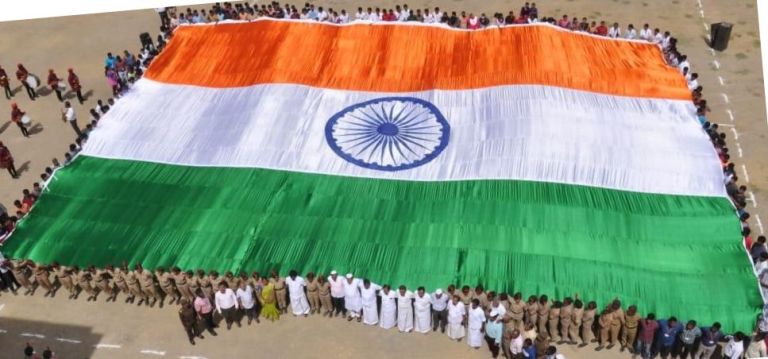The Raj Reddy Center for Technology and Society (RCTS) at IIIT Hyderabad is now expanding its impact in education and healthcare through a novel crowdsourcing initiative called ‘Badal’. It is expected to bridge the funding gap between NGOs and corporations by creating an integrated platform for solution-building. It will allow crowdsourcing of developer work time from corporates to build technical solutions to a curated set problem from NGOs. The platform is being piloted with Infosys and with Kakatiya Institute of Engineering and Technology (KIET).
To refine the crowdsourcing model, a series of pilot runs were conducted with the Kakatiya Institute of Engineering and Technology (KIET), Andhra Pradesh.
Through an ongoing college affiliate program and the K-Hub initiative, 3rd and 4th-year engineering students gained real-world experience by working on RCTS projects. When an NGO named Nirmaan needed a digital library wall, RCTS tested its pipeline with Infosys stepping in to develop the application. The goal was to encourage community reading among children. Infosys provided seven developers who built the application and had a manager to track progress and coordinate between developers and the RCTS team.
Arjun Rajasekar, Senior Research Scientist, RCTS, said, “We engage with NGOs to understand their challenges and see if our AI and ML solutions can assist in any way. We believe there is incentive for developers to participate in such CSR activities. Platform Badal has the potential of being opened to freelancers and student developers. The name ‘Badal’ reflects our dual goals: ‘cloud’ and ‘change.’ We aim to bring about social change via the cloud. Once we have fine-tuned the workflow processes, the aim is to open to anyone who wants to freelance. If there are student developers and interns who are good at development and willing to contribute time for social causes, we’d be happy to accept such efforts.”
Prof. Ramesh Loganathan, RCTS Centre Head said, “After 3+ years, we still have funds sufficient only for a small team of 7-8. At a very high level, the thinking was that for the social sector, there would never be enough bandwidth and resources available to build solutions. That’s when the idea of supplementing our bandwidth via crowdsourcing took shape. We can now plan for more engagement with NGOs.”
The model of Raj Reddy Center for Technology and Society works on curating solutions for problems articulated by NGOs. The Center then invites corporate partners to undertake the development. The core team works on solution architecture or ML modelling that is done in-house or in collaboration with other research labs at IIITH. These are then published as development tasks on ‘Badal’ signifying ‘cloud’ and ‘change’ that any contributing developer can take up. In this case, companies contribute their employees’ efforts and time via their CSR activities. Once the developers’ fulfil requirements and submit their work, the core team from RCTS puts together the different modules and integrates the solution, which is then tested out in the field.












